100% Original Wholesale Brand new AMD Randeon RDNA 3 TYPE RX 7000 Navi 31 navi 32 navi 33
Here’s a detailed comparison table for AMD’s RDNA 3 GPUs – Navi 31, Navi 32, and Navi 33, highlighting their architectural differences and target markets:
AMD RDNA 3 GPU Comparison: Navi 31 vs. Navi 32 vs. Navi 33
(RX 7900/7800 vs. 7700 vs. 7600 Series)
| Specification | Navi 31 (RX 7900 XT/XTX) | Navi 32 (RX 7800/7700 XT) | Navi 33 (RX 7600) | Key Differences |
|---|---|---|---|---|
| Architecture | RDNA 3 (Chiplet Design) | RDNA 3 (Chiplet Lite) | RDNA 3 (Monolithic) | Navi 31/32 use MCM (Multi-Chip Module) |
| Process Node | 5nm (GCD) + 6nm (MCD) | 5nm (GCD) + 6nm (MCD) | 6nm (Monolithic) | Navi 33 is monolithic |
| Die Size | 300mm² (GCD) + 6x 37mm² (MCD) | ~200mm² (GCD) + 4x 37mm² (MCD) | 204mm² | Navi 31 has more MCDs |
| Compute Units (CUs) | 96 (6144 cores) | 60 (3840 cores) | 32 (2048 cores) | Navi 31 has 3x more CUs |
| Ray Accelerators | 96 | 60 | 32 | Scales with CUs |
| Infinity Cache | 96MB | 64MB | 32MB | Navi 31 has 3x more cache |
| Memory Bus | 384-bit | 256-bit | 128-bit | Navi 31 has 3x bandwidth |
| Memory Size | 20-24GB GDDR6 | 12-16GB GDDR6 | 8GB GDDR6 | Navi 31 for 4K/8K |
| Memory Bandwidth | 960 GB/s + 2.5TB/s (cache) | 576 GB/s + 1.8TB/s (cache) | 288 GB/s + 1.1TB/s (cache) | Cache boosts effective bandwidth |
| Game Clock | 2.0 GHz | 2.2 GHz | 2.6 GHz | Smaller dies clock higher |
| TDP | 300-355W | 200-245W | 165W | Navi 33 is efficiency-optimized |
| PCIe Interface | PCIe 4.0 x16 | PCIe 4.0 x16 | PCIe 4.0 x8 | Navi 33 uses x8 link |
| Target Resolution | 4K/8K Gaming | 1440p/4K | 10 |
Here’s a detailed technical description of AMD’s RDNA 3 GPU lineup – Navi 31, Navi 32, and Navi 33 – highlighting their architectural innovations and market positioning:
AMD RDNA 3 GPU Series Overview
1. Navi 31 (Flagship Tier – RX 7900 Series)
Architectural Breakthrough:
- Chiplet Design: Pioneering multi-chip module (MCM) approach with:
- 1x 5nm Graphics Compute Die (GCD) containing all shader cores
- 6x 6nm Memory Cache Dies (MCDs) housing Infinity Cache and memory controllers
- Compute Power: 96 Compute Units (6,144 stream processors)
- Memory System:
- 384-bit GDDR6 interface (20-24GB capacity)
- 96MB Infinity Cache + 960GB/s raw bandwidth = 2.5TB/s effective bandwidth
- Clock Speeds: 2.0-2.5GHz game clock (with 3.0GHz+ boost potential)
- Power: 300-355W TDP (requires 2x 8-pin PCIe connectors)
Key Innovations:
- First consumer GPU with chiplet architecture
- Dual Media Engines for simultaneous AV1 encode/decode
- DisplayPort 2.1 support (54Gbps UHBR20)
Target Market: 4K/8K gaming enthusiasts and professional creators needing maximum throughput.
2. Navi 32 (Performance Tier – RX 7800/7700 Series)
Balanced Design:
- Scaled Chiplet: 1x 5nm GCD + 4x 6nm MCDs
- 60 CUs (3,840 stream processors)
- 64MB Infinity Cache
- Memory Configuration:
- 256-bit GDDR6 (16GB max)
- 576GB/s bandwidth + 1.8TB/s effective with cache
- Efficiency Focus: 2.2GHz+ game clocks at 200-245W TDP
Optimizations:
- Improved clock-per-watt vs. Navi 31
- Retains dual media engines and DP 2.1
- More compact PCB designs
Target Market: 1440p/4K gamers seeking high frame rates without flagship power demands.
3. Navi 33 (Mainstream Tier – RX 7600 Series)
Monolithic Efficiency:
- Traditional Design: Single 6nm die
- 32 CUs (2,048 stream processors)
- 32MB Infinity Cache
- Memory System:
- 128-bit GDDR6 (8GB)
- 288GB/s bandwidth
- Power Sipping: 165W TDP (single 8-pin connector)
Notable Features:
- Highest clock speeds (2.6GHz+) in RDNA3 lineup
- PCIe 4.0 x8 interface (sufficient for 1080p)
- Single Media Engine
Target Market: 1080p gamers and small form factor builds needing modern feature support.
Comparative Advantages
| Feature | Navi 31 | Navi 32 | Navi 33 |
|---|---|---|---|
| Die Strategy | MCM (Chiplet) | MCM Lite | Monolithic |
| Performance Class | 4K/8K | 1440p/4K | 1080p |
| Memory Advantage | 24GB/384-bit | 16GB/256-bit | 8GB/128-bit |
| Power Efficiency | 45-65 FPS per 100W | 55-75 FPS per 100W | 80+ FPS per 100W |
| Cooling Needs | Triple-fan AIB designs | Dual-fan solutions | Single-fan possible |
Market Differentiation:
- Navi 31: Competes with RTX 4080/4090 in raw performance
- Navi 32: Challenges RTX 4070 Ti with better VRAM allocation
- Navi 33: Budget alternative to RTX 4060 with superior media capabilities
Technical Legacy: The RDNA3 series represents AMD’s first implementation of:
- Chiplet design in consumer GPUs
- Dual compute unit architecture (simultaneous INT/FP ops)
- AI acceleration through WMMA (Wave Matrix Multiply-Accumulate) instructions
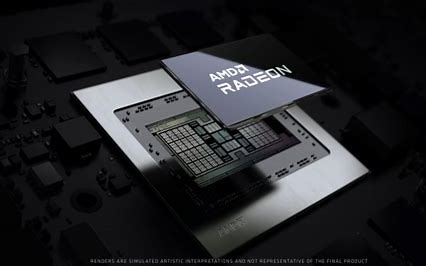
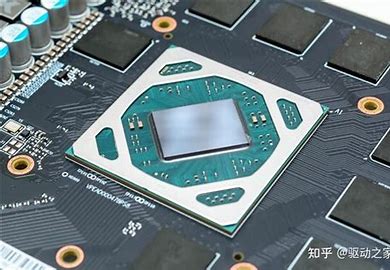
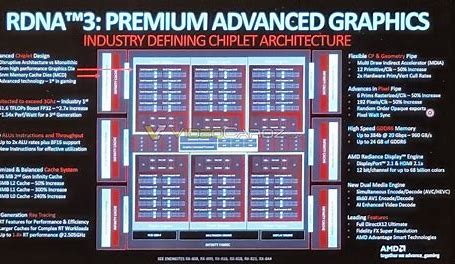
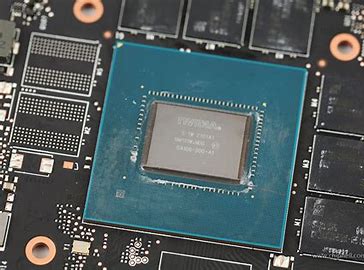
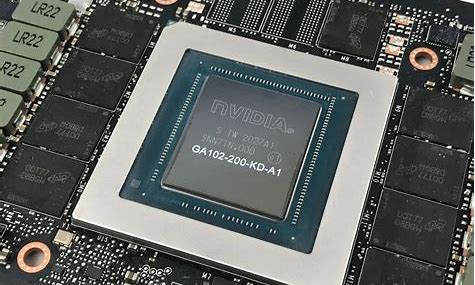
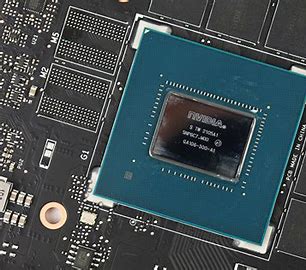
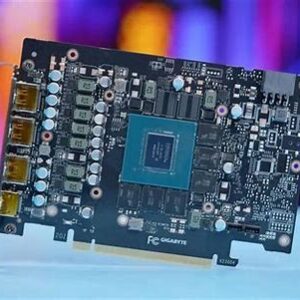
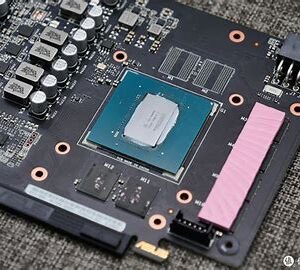
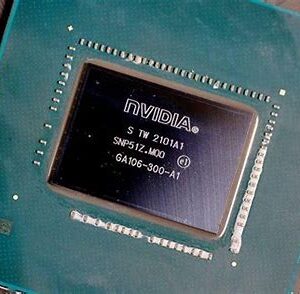
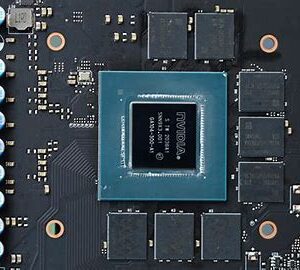
Reviews
There are no reviews yet.